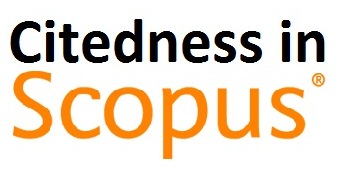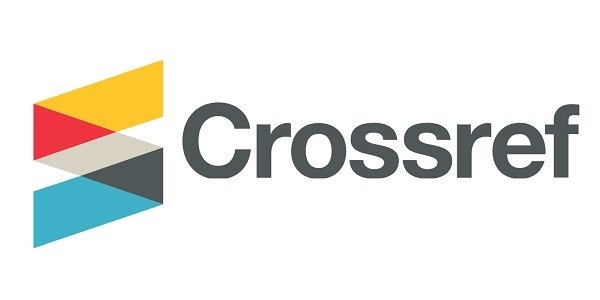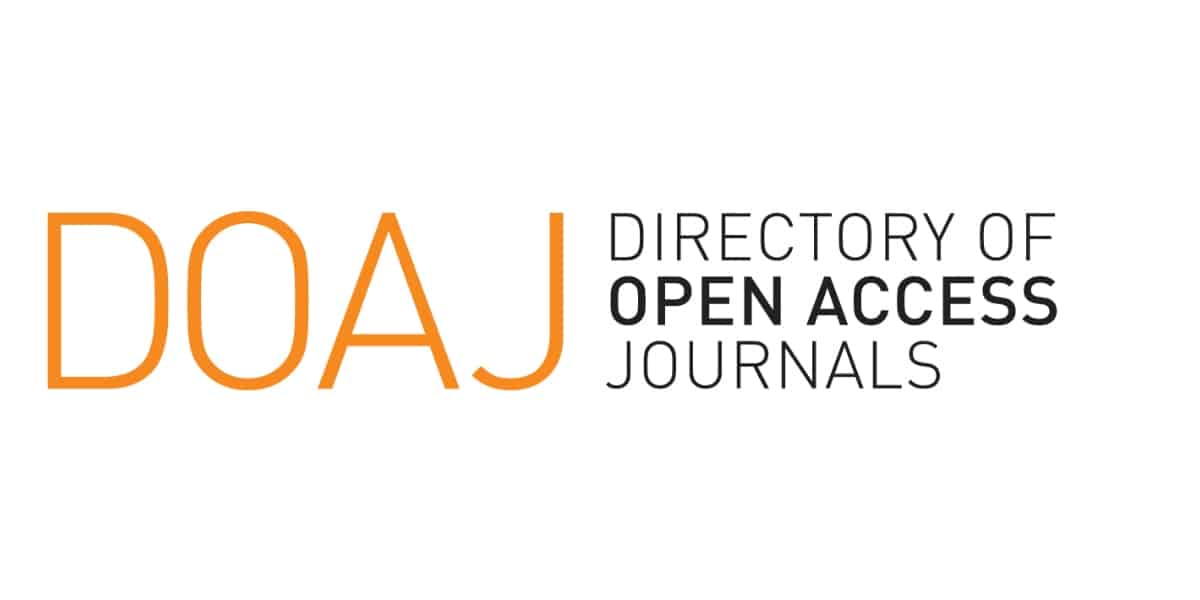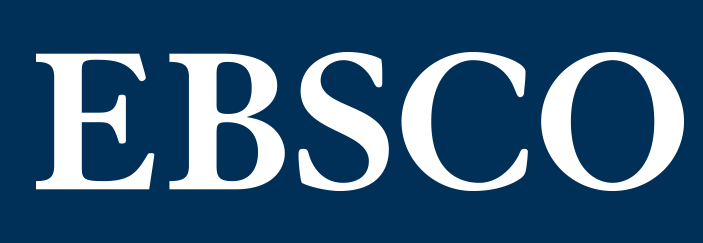MODEL KONSEPTUAL PEMETAAN WILAYAH POTENSIAL HILIRISASI KELAPA SAWIT BERDASARKAN DAYA SAING DAN KELEMBAGAAN PETANI SWADAYA
Abstract
Palm oil as a leading commodity that has a role in national development, continues to experience
increased demand, dueto it beneficial in various fields of needs. However, the problems and challenges have
prompted the government to improve its competitiveness through in-country palm oil downstream policies. One
of the policies is smallholder farmers oil palm’s replanting to support palm oil downstream sector and to
increase the smallholder farmers’ social welfare. The crucial thing that is important to note and become the
focus of this research is the linkage of the smallholder farmers in support palm oil downstream policies,because
the smallholder farmers as the main raw materials supplierto downstream palm oil agroindustry are still
obstructed,in relation to geographical conditions, its competitiveness, and its institutions. Therefore, a study was
needed to produce an integrated palm oil downstream strategic planning related to the area, competitiveness,
and institutional of palm oil smallholder farmers, in determining the potential area model for the development of
palm oil downstream in order to have comparative and competitive advantages.The conceptual model of palm
oil downstream’spotential areas that uses spatial analysis through geographical information system was used to
obtain an overview of the palm oil condition, while competitiveness conceptual modelling uses Diamond Portercompetitiveness
index, and the institutional modelling uses Interpretative Structure Modeling (ISM) method to
obtain the influential variables as the key elements in the palm oil downstream that affect the smallholder
farmers position.
Keywords: competitiveness, palm oil downstream,institutional, area mapping, smallholder farmers

_page-00013.jpg)







_(1).png)

